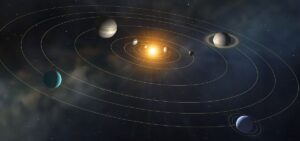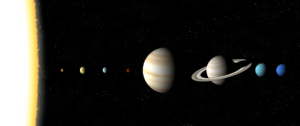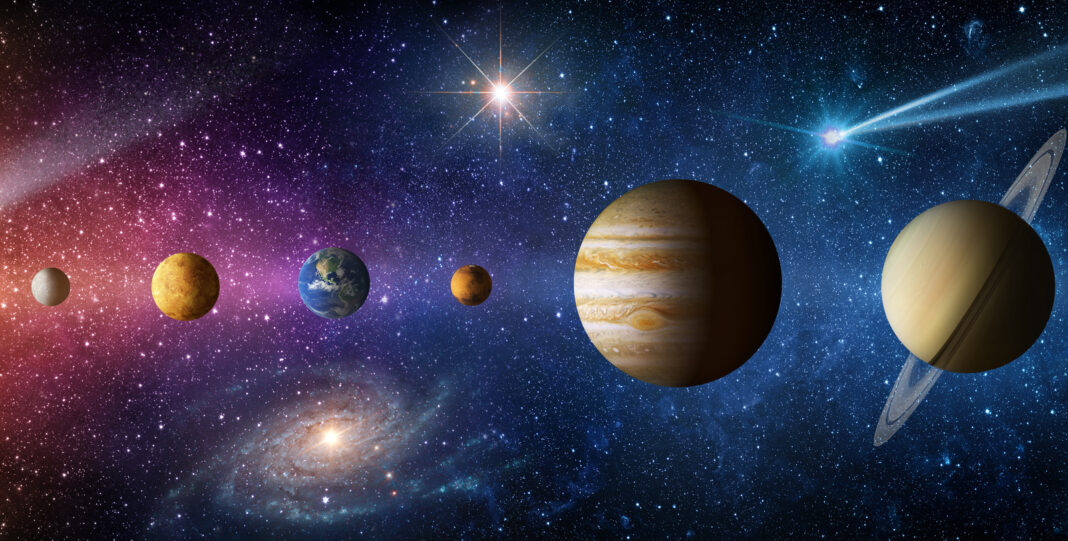A Guide to the Solar System’s Planets in 2024

Introduction
Are you fascinated by the wonders of the universe? Do you yearn to explore beyond the confines of Earth and delve into the mysteries of the solar system? If so, join us on an exciting journey as we take a closer look at the planets that make up our solar system in the year 2024. From the scorching heat of Mercury to the icy beauty of Neptune, each planet offers a unique and awe-inspiring experience. So strap on your cosmic boots and get ready to explore!
The Solar System’s Planets

Mercury: The Searing Inferno
Mercury, the closest planet to the Sun, is a fiery world with a surface that can reach temperatures of up to 800 degrees Fahrenheit. Its thin atmosphere and lack of moons make it a unique and challenging destination for exploration. Despite its close proximity to the Sun, Mercury is a small planet, making it difficult to observe from Earth.
Venus: The Enigmatic Twin
Venus, often referred to as Earth’s sister planet, is similar in size and composition. However, that’s where the similarities end. Venus is a hostile environment with a thick atmosphere composed mainly of carbon dioxide, resulting in a scorching hot greenhouse effect. It has a surface temperature hot enough to melt lead and is shrouded in clouds of sulfuric acid.
Earth: Our Home
Ah, Earth, the third rock from the Sun and the only planet known to support life. With its diverse ecosystems, vast oceans, and a protective atmosphere, Earth is a haven for a myriad of species, including humans. Its unique combination of water, air, and sunlight create the perfect conditions for life to flourish.
Mars: The Red Planet
Mars, often dubbed the “Red Planet” due to its rusty surface, has long captivated the imagination of scientists and enthusiasts alike. With its harsh climate, including dust storms and freezing temperatures, Mars poses numerous challenges for human exploration. However, recent missions have revealed tantalizing evidence of water on Mars, raising hopes of potential habitability in the future.
Jupiter: The King of Planets

Jupiter is the largest planet in our solar system, known for its stunning bands of clouds and iconic Great Red Spot, a massive storm that has been raging for centuries. Jupiter’s immense size and gravitational pull have allowed it to gather a bevy of moons, with a current count of 79, including the four largest and most famous: Io, Europa, Ganymede, and Callisto.
Saturn: The Ringed Wonder
Saturn, with its breathtaking rings made up of countless icy particles, is a vision to behold. It is the second-largest planet in our solar system and features a unique hexagonal pattern at its north pole. Saturn’s rings, composed mainly of ice and rock, provide invaluable insights into the formation and evolution of our solar system.
Uranus: The Tilted Giant
Uranus, with its distinctive blue hue, is the third-largest planet in our solar system and exhibits a peculiar tilt on its axis. This extreme tilt causes Uranus to experience extreme seasons, with each pole receiving either continuous sunlight or darkness for long periods. Despite its intriguing attributes, Uranus remains a lesser-explored planet due to its distance from the Sun.
Neptune: The Mystical Blue Ice Giant

Neptune, the farthest known planet from the Sun, exudes an air of mystery and majesty. With its stunning azure color and icy composition, Neptune’s atmosphere is host to extreme winds and storms. The discovery of Neptune marked a significant milestone in our understanding of the outer reaches of our solar system.
Conclusion
As we conclude our journey through the solar system’s planets in 2024, we are left in awe of the diverse and wondrous worlds that exist beyond our own. Each planet offers a unique set of challenges and discoveries for future exploration and research. Whether it’s the searing heat of Mercury, the enigmatic cloud-covered atmosphere of Venus, or the icy beauty of Neptune, the planets of our solar system continue to inspire and captivate us. So, keep your eyes to the skies and never stop exploring the cosmic wonders that await us.


